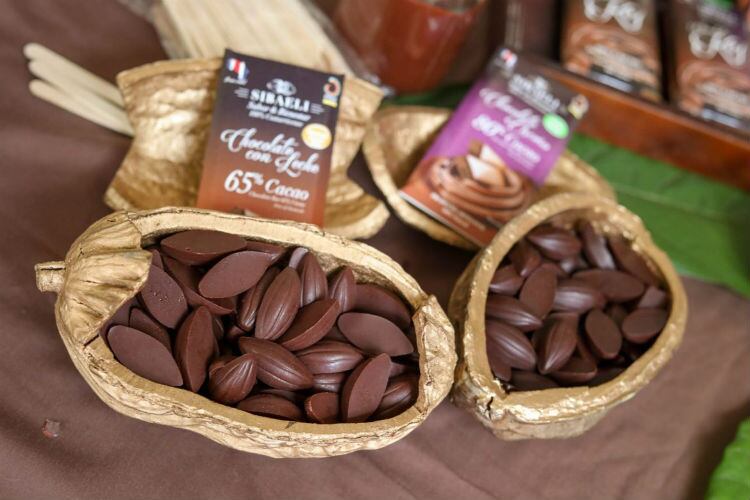The Costa Rican government is backing a National Cacao Plan to increase the cultivated hectares of the crop from 4,000 to 6,000 over a period of five years, and increase the number of families producing nationwide from 3,000 to 3,500.
With a lifespan of at least 10 years the Cacao Plan will cover the country’s cocoa agro-chain with top-level support in five key areas: supplies and services, production, transformation, marketing and consumption.
Costa Rica’s main producing areas are: Huetar Norte, Huetar Caribe and Región Brunca and the National Cacao Plan was devised by the Inter-institutional Cacao Commission, composed of more than 20 institutions and companies associated with the industry.
On a recent tour of the cocoa regions, the country’s president, Carlos Alvarado Quesada, stressed the importance of reactivating the economy of the territories, improving the competitiveness of a product rooted in the depths of American culture such as cocoa, with a focus on quality and sustainability.
Cocoa entrepreneurs from the Caribbean Region and Huetar Norte also presented their products to the government delegation.
Renato Alvarado, Minister of Agriculture and Livestock, said. "With this strategy we hope in five years have gone from 4,000 to 6,000 hectares cultivated with cocoa,and increase from 3,000 to 3,500 producing families nationwide."
Cocoa farming is seen as a tool to combat poverty in the areas. The Minister of Foreign Trade, Dyalá Jiménez, highlighted the quality of Costa Rican cocoa and the country's effort to position it internationally saying that the country should be "focused on opening international markets, promoting Costa Rican cocoa as a gourmet product, fine and of aroma".
Costa Rica Cacao
Costa Rica is considered one of the smallest producers and exporters of cocoa in the world. Cocoa farming began 3,000 years ago in Mesoamerica, eventually leading to Costa Rica being the third largest exporter in the world in 1922. However, due mainly to moniliasis (Moniliophthora roreri), which caused many farmers to abandon their cocoa farms in 1973, the level of production in the country has reduced dramatically. Moniliasis, more commonly known as frosty pod, destroyed 80% of Costa Rica’s crop forcing many smallholder farmers to abandon their farms or change crops. Before the onset of the fungus, there were 10,000 ha of cocoa planted in Costa Rica. Today, there are only 4,500 ha of cocoa plantations. Compared to 500 kg/ha/year of cocoa by larger producing countries, Costa Rica now produces an average of 200 kg/ha/year. Source: World Cocoa Founation 2015

